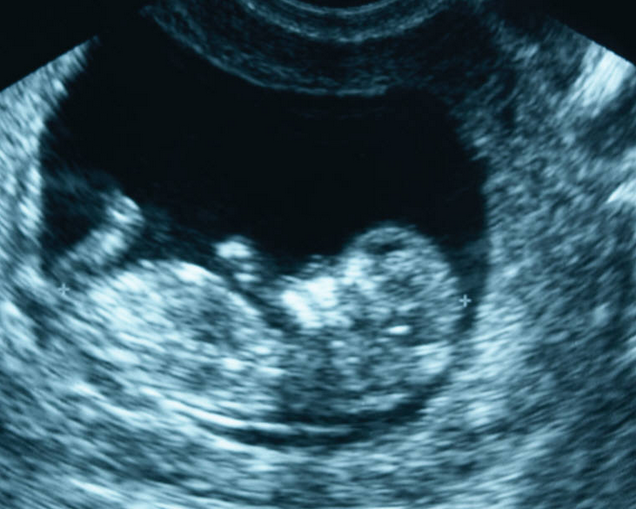What New Research Shows About Getting An Ultrasound During Pregnancy

Over the past three decades, getting ultrasounds during pregnancy have gone from an occasional occurrence, to a routine part of prenatal care. Research conducted over the years on patients and their children who were exposed to the high-frequency sound waves during ultrasound imaging has shown the procedure to be safe with no known harmful effects. New research data, that is a compilation of 18 different studies, shows that ultrasound monitoring in high-risk pregnancies reduces the incidences of both Caesarean delivery, and fetal mortality. The same studies have also shown that imaging can create a false sense of security when some conditions are undetected. With the advent of 3D and 4D ultrasound technology, new research has opened new questions of fetal safety.
Ultrasonography is a useful tool in monitoring the well-being of the fetus. It has been instrumental in detecting issues such as decreased blood flow to the infant, and low amniotic fluid. Rescuing the infant from these potentially fatal occurrences by planned delivery has decreased the rate of fetal demise and Caesarean section due to fetal distress in labor.
Many times, fetal abnormalities or stresses are not found during ultrasound imaging. According to maternal care specialist, Dr. Gilbert W Webb, high-risk pregnancies, especially those complicated with gestational diabetes, often show a plump infant with good blood flow and adequate amniotic fluid levels. In his LinkedIn.com, he says many times these seemingly healthy infants are compromised at birth, because poorly controlled diabetes often result in a lag of lung maturation in the fetus.
The technology used in 3D and 4D ultrasound devices is just as safe as that used in the traditional 2D machine, but the widespread use of the technology has created an alarming trend. The ability to view the unborn child in real time that displays an image that clearly shows all of the baby’s features, has pushed the medical service into the commercial marketplace. Technicians of questionable ability have opened up venues in shopping malls where expectant mothers can see their unborn baby just for fun. Ultrasound parties have also become popular, and mothers undergo an ultrasound during the event, so all of the guests can take a sneak peek at the infant. The concern with these events is that there are no adequate studies that show the effects on the fetus when it is exposed to high-frequency sound waves for long periods.
Ultrasound has proven to be a safe and effective tool in pregnancy monitoring. It reveals several abnormalities that can be resolved, but also misses many. It is still a medical procedure that should be used only for diagnostic purposes.
